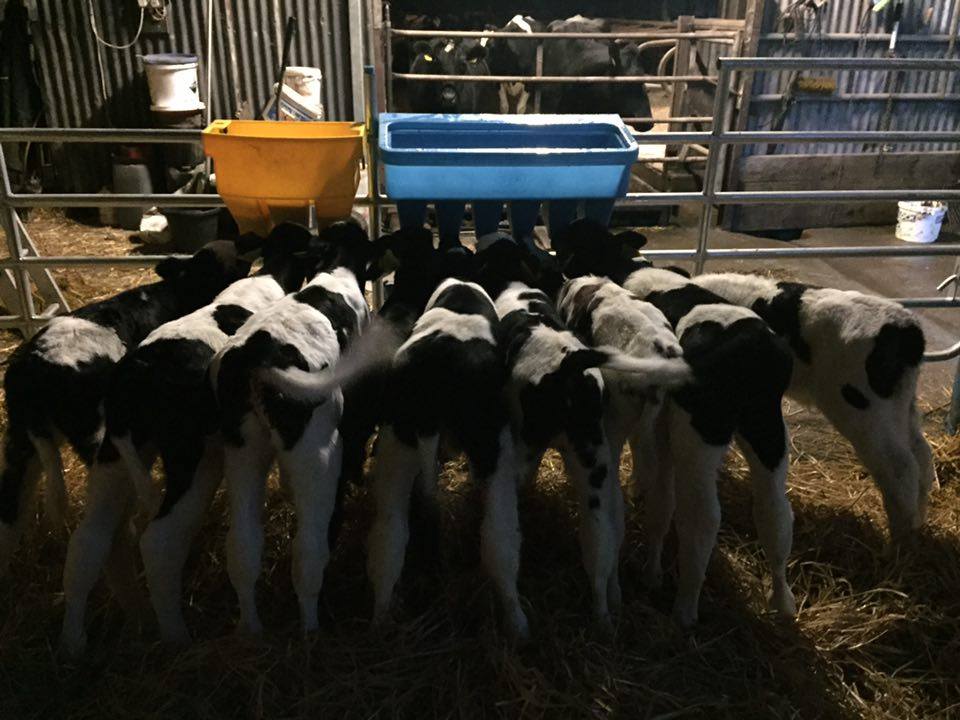The country is in the middle of a cold spell. Temperatures have fallen and winter showers along with sleet and snow are sweeping across the eastern part of the country.
Therefore, farmers need to take extra precautions when feeding and taking care of their calves.
No matter what the weather throws at us, calves need to be adequately bedded and provided with enough feed (roughage, meal and milk / milk replacer) and fresh water.
According to Teagasc, cold weather is stressful for calves and those that are exposed to the cold are predisposed to pneumonia.
A good rule of thumb, Teagasc says, is to increase the amount of milk or milk replacer by 2% for every degree the temperature falls below 10°.
Feeding calves at an enhanced level will provide enough energy to support maintenance, growth and the immune system.
Farmers must also ensure that the housing provided is free from draughts, well-bedded and stocked at the appropriate levels.
A deep bed of straw is critical when trying to protect young calves from the cold. The calf should be able to nest, so that their legs are covered by straw when lying down.
Breathable and washable jackets are also useful for a dry, new-born calf up to one month-of-age. However, care should be taken when cleaning these to prevent the possible spread of disease among calves.
Red lamps are another option when trying to keep calves warm, especially for younger calves.

